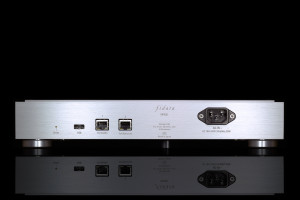Files based devices became integral part of many heavyweight enthusiasts’ setups. Most of us got used to costly transports, which need to be connected to home network environment. The next step is adequate performer in the music storage department and this review’s hero – Fidata HFAS1-S10U covers this need exactly and then some. Enjoy!
Intoduction
In the very beginning there were personal computers. These machines served as music transports for our audio setups and they in fact still fulfill the serve the same purpose for many enthusiasts out there. The USB interface enabled and propagated this, even though many skeptics said that it belongs in the printers’ realm and will never become viable option in audio. Well, we all know what’s the status quo today. USB became a standard, which is taken into consideration by vast majority of manufacturers. Not only that, devices which exploit it become better and better. Yours truly is far from saying that this is the pinnacle of audio which beats both black and silver discs. No, of course not, but it’s a separate being alongside these two old school representatives and the hottest topic out there for years now. Nothing indicates that things will be any different anytime soon. After all, which d/a converter doesn’t sport USB type B socket these days?
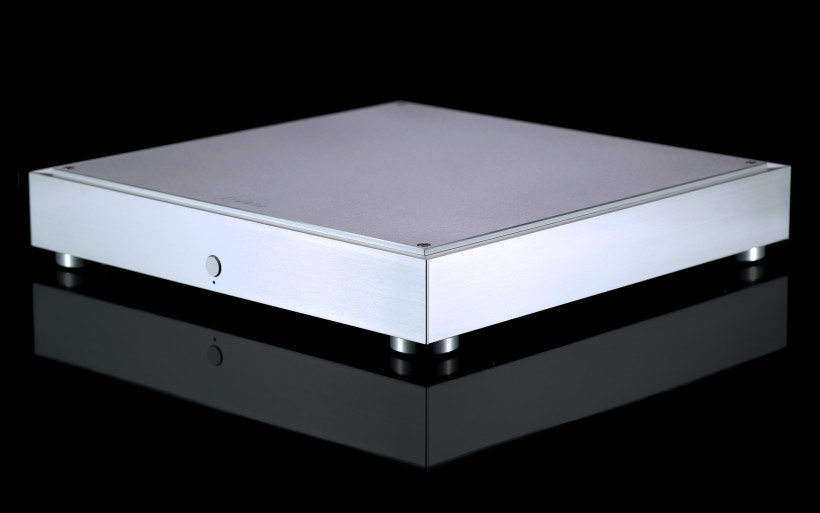
The USB interface gained popularity because of its i.e. enormous convenience. It opened up a quick access to the whole music library stored on our drives. Let’s add the ability to feed our setups with it via network, which is a big convenience unquestionably. These days one easily can perform playback control from the couch potato position via tablet and that’s yet another huge facilitation measure undoubtedly. I honestly can’t picture things even more user friendly and effortless for an enthusiast like me than they are now. The next step is presumably eye control or something of this sort, but now let’s not go this far into the future. In any case, it quickly turned out that our computers are the weak links. Not only their internals but also software platforms weren’t meant to handle audio as their top priority. These days it’s much better in this regard than several years ago, our knowledge on the subject is greater. Still, one has to perform serious hardware and software related tweaks in order to DIY a machine able to withstand the well-known competition. Not everyone is aware how or wants to dig that deep on his own to handle this matter personally, which is understandable as said task is not easy. Far from it.
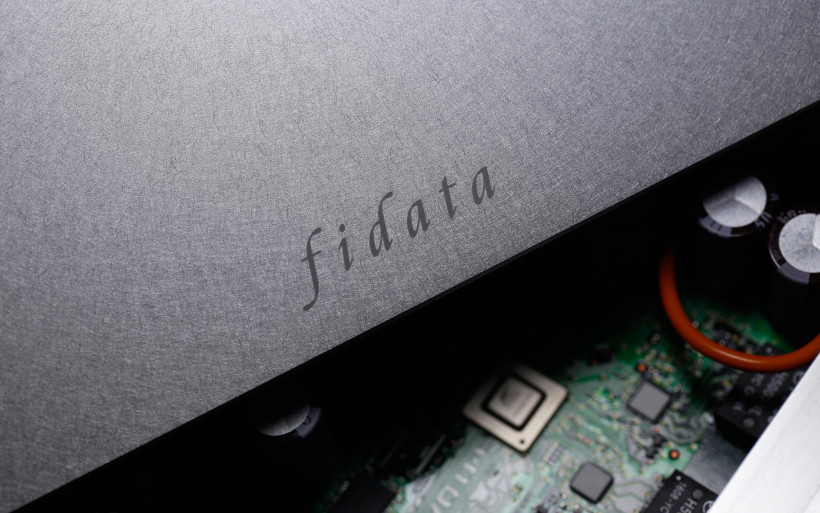
As far as this scribe remembers, Linn was the very first one to cover the above mentioned need and some time later Lumin and Aurender appeared. All three manufactures have properly audiophile streamers in their portfolio, namely devices made to transport music stored on HDD connected to a NAS (or built-in HDD/SSD) to a d/a converter. These machines are essentially computers, but made to treat their most important task – music – as top priority. Each of solutions described here is quite costly and available for years now, though there are more affordable alternatives of very similar functionality available on the market these days. Now Japanese Fidata operation joins this high stakes race. It belongs to much bigger company – I-O Data. To see grand firms shifting some of their staff and resources in order to create an audio brand is nothing new. Usually it happens because of proprietary tech suitable for the audiophile oriented job available and just begging to be used. Or a big operation’s main man is an audio enthusiast willing to make his first marketing steps in the audio game. Lumin is connected to Pixel Magic Systems Ltd., the Fidata story is yet another of the sort and additional examples can be multiplied with ease.

I-O DATA was established in 1976 in Kanazawa city. It’s quite a write to mention everything it does and is known for. Industrial applications associated with networking and data storage, also available as OEM products would be the short and sweet version. Fidata is on the market since 2015, therefore for not long at all. The HFAS1-S10U work started in 2012 and the very first prototype was shown two years later. This brand is a newcomer, yet undeniably with very extensive technical background. If that’s not enough, please take a look at what exactly i-O Data does for years. In any case, the Fidata team is several people strong. Akiya Miyamoto handles the hardware part, Shinichi Morita is the main designer, Yuiji Minagawa gets the software job done and planning and product coordination is on Yasunori Kitamura’s shoulders. It’s hardly any news at this point that HFAS1 is the only product in the Fidata portfolio thus far. It’s available in two versions: S10U i X20U. As far as I know, the difference between these is in storage space, 1TB vs 2TB respectively.
Build
Fidata HFAS1-S10U does two things. It’s a music server above all else, hence a device responsible for sending music stored in its memory to a source. Yes, it’s a transport and not a typical ‘I have it all!’ deck a’la Lumin T1, which happens to be also a quite potent DAC. The HFAS1-S10U platform doesn’t do d/a conversion, yet it’s loaded with its own storage, which means that there’s no need to use i.e. a NAS. It’s safe to say that our Japanese machine is a case of two birds gone with just one stone. But there’s one thing that makes it rather special, it can handle stand alone music library duty and nothing else. “Where’s the fun with that?!?” – one might ask and rightfully so. Now here’s the thing: even if one already has an audiophile streamer, there’s still room to exploit HFAS1-S10U as a kosher media storage. This functionality is something for people convinced that consumer NAS solutions connected to their routers are, well, not audiophile enough and that’s why this writing’s deck is quite unique.
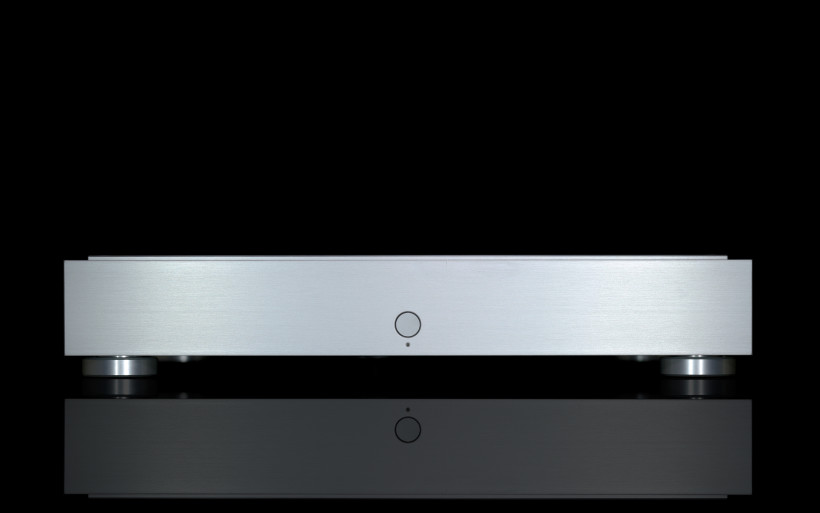
Fidata HFAS1-S10U is a rather small, tasty looking product. It measures (W x D x H) 350 × 350 × 64 mm and its mass is 6 kilograms. Hence it’s neither big nor heavy, though the quality feeling surely is there. True, these days many audio devices are made out of aluminium, even some affordable ones. This sight is hardly any surprise. Yet after seeing closely how Fidata HFAS1-S10U is built, it’s also quite obvious that this device was designed by a passionate. Visually vanilla to the bone, this is subjectively very elegant deck still. Minimalist design of its sort won’t violate one’s aesthetic sixth sense but will integrate with environment seamlessly. Subjectively our Japanese hero looks more like a decoration rather than a piece of audio hardware.
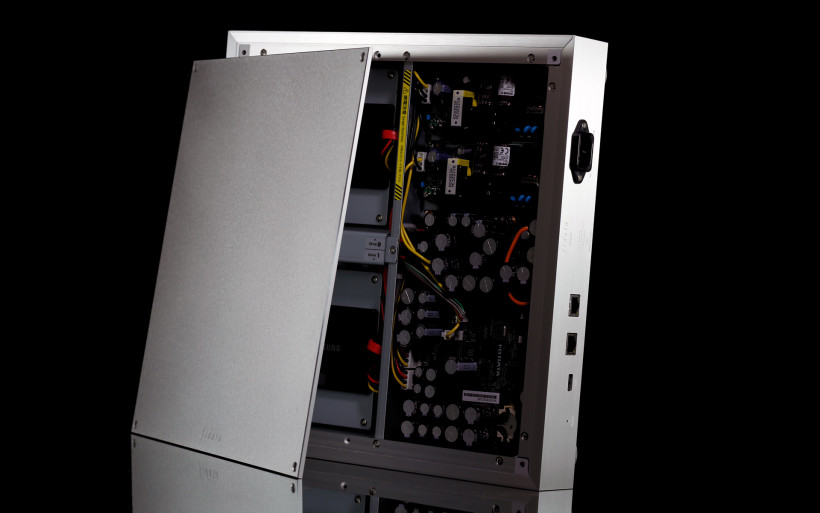
Fidata HFAS1-S10U doesn’t sport a display. The only feature that distinguish this device from a uniform monolithic block of aluminium is one LED placed at its front. It changes color based on operation mode; it’s white when our deck is ready to go, blinks for several seconds right past turning it on, becomes red if there’s an error (i.e. HDD suddenly disconnected or lack of free space on on-board SSD drives) and is orange if the latest FW software is available. LED can be turned off if one wishes to. HFAS1-S10U is plain on the sides and on its rear there’s a small reset button, one USB type A output, a pair of RJ-45 sockets and one in IEC standard. Flat USB interface aside, everything else is quite self-explanatory. This is the one that connects Japanese machine with a DAC. The list of compatible devices is extensive and none of sources used by yours truly (Amanero and XMOS based receivers) had any issues to get along with it. OK, fine, but why there are two RJ-45s there? One is exploited when the Fidata product is meant to be used with a separate streamer and in such scenario it’ll be used as an audiophile NAS, whereas the other socket is the one that connects HFAS1-S10U to a router. When the former works solely as a files storage, the signal has to go through the latter before getting to a separate transport. It’s unavoidable. But when the Japanese machine works both as a storage and a streamer, router is used solely to have access to its interface via a tablet or a smartphone. To make it short, the second variant means that the signal path is much shorter, which is always good. The last visible element on our deck’s back is its nameplate. The ‘Made in Japan’ info will surely please many audiophile eyes and the product itself will work with both PCM (up to 32-bit / 768 kHz, .wav, .mp3, FLAC) and DSD (do DSD256, DoP, .dsf, .dff) files.
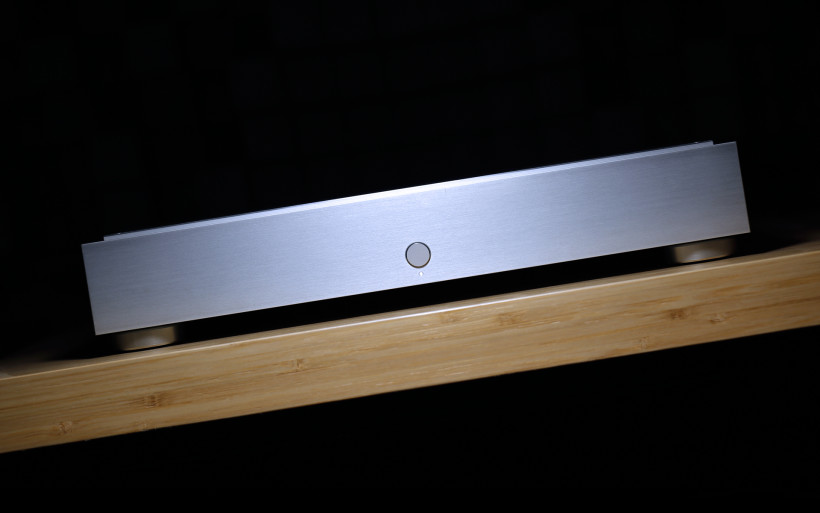
The product’s underbelly sport four aluminium feet with rubber washers. As an option, a user can use only three of these if he so desires. The swap procedure itself is fast and painless. a 4mm thick aluminium plate on top of HFAS-S10U protrudes slightly above the rest of enclosure and this is on purpose. This feature makes the outcome visually deeper, whereas irregularly scratched Japanese paper alike surface indicates that my loaner was made in Japan and no other country. And it looks bloody good!
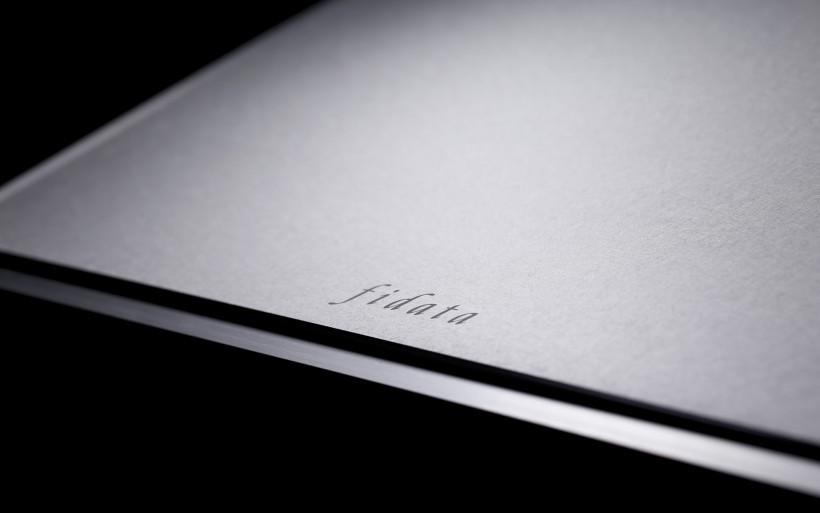
Getting inside of HFAS1-S10U is very easy, one has to deal with four screws and that’s it. What’s seen in an instant is that the product is very meticulously made not only outside but inside as well. As far as parts count goes it’s very minimalist, which is the effect of severe reduction from one iteration to another. OK, this type of declaration shouldn’t be treated seriously as often times is a smokescreen covering manufacturing cost savings and nothing else. Still, small audio manufactures from Japan are known for literally fanatical attention to details, perfection in general and slow but steady road to achieve the desired goal. Having said that, my journalistic gut tells me that this is the case with Fidata in general. A proprietary motherboard is not an accident and neither are quite specific enclosure connections inside or thick base plate. Heck, the Fidata team thought even about turning off LEDs near RJ-45 sockets and on the front and transfer speed truncation from 1 GB to 100 MB. All that is done to reduce jitter. SSDs in my loaner’s inside are very fast and costly 850 Evo drives by Samsung. One also can easily see that the Japanese deck’s innards are clearly divided. The main part and SSDs have a separate PSU and stabilization, I was told that great attention was given to capacitors’ placement and type. Both drives are separated via aluminium wall from the rest, as far from power supply as possible.
Sound
In order to review Fidata HFAS1-S10U, Reflector Audio Bespoke P15 along with LampizatOr Golden Gate (Psvane WE101D-L + KR Audio 5U4G Ltd.) were used. Foobar2000 loaded Asus UX305LA was on duty as per usual. Past several days period, Sanders Sound Systems Magtech, Trilogy 925 integrated, Boenicke W8 and PureAudioProject Trio10 Timeless showed up as well.

Yours truly hadn’t had a chance to withess how the Japanese streamer would behave solely as an audiophile NAS. In order to do so, some other device of similar profile would have to be used, i.e. Lumin T1, which wasn’t anywhere nearby at that time. Hence right from the start the assumption was that HFAS1-S10U will take place of my daily laptop, which means that it’ll pass on the music to my reference DAC directly. This connection is the shortest one I was able to make with electronics on hand. It should be also emphasized that HFAS1-S10U in said configuration was connected to a router, simply because to have controll over the former. iPad Air with Kinsky app (which is one out of many options available) was a very handy RC. The configuration process itself was a breeze. Truth be told, there were some connection issues at first, yet after hard reset of everything, further usage was effortless. And even though there’s an option to stream music to a source via mobile HDD or a pendrive, the listening was conducted thanks to music library stored on HFAS1-S10U 850 Evo drives and nothing else.

Shortly before writing these words, LampizatOr SuperKomputer memories came back.This is one out of several devices similar to the Fidata deck, namely a complete, network based platform that has to be connected to a DAC directly. In my SuperKomputer review it’s written that – in comparison to a laptop – it brings a vivid element to the outcome, yet speed is the price to pay and at the same time something this journo subjectively wanted boosted back then. In a nutshell, Fidata HFAS1-S10U impacts the outcome in quite similar way, yet without any restraints as far as agility goes. In addition, this product showed what it’s all about very swiftly and early on. It was very open with its sound characteristic and – even though it’s subjective and of no great importance – I thoroughly enjoyed it.
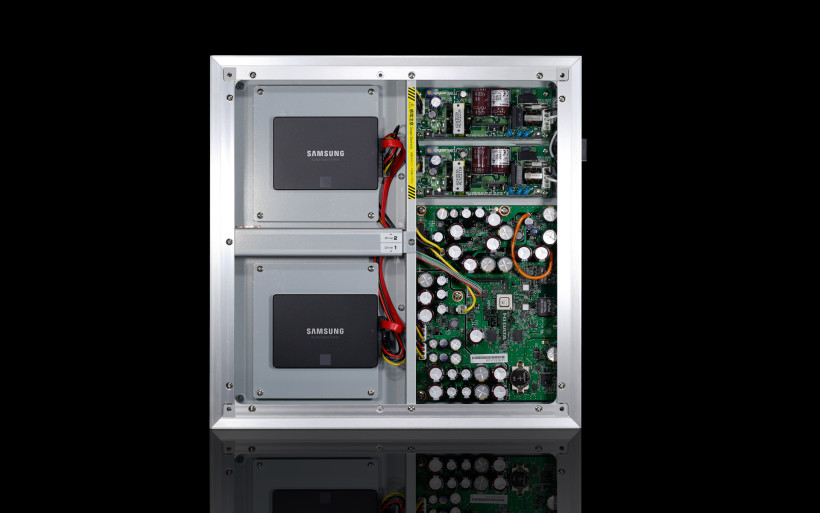
The more I listened to SuperKomputer the more it grew on me, but it was a process, whereas the Japanese deck got my full attention instantly. It’s quite easily heard that in the latter case music is above all else, hence features like saturation, vividness density and the lot are the main focus points. A well-seasoned listener won’t confuse such input with anything else as it’s too obvious, literally omnipresent. Usually warmth is a part of such package and things aren’t any different this time around. It’s also more than reasonable to ask about the price to pay for this. Is this sound signature universal enough to recommend HFAS1-S10U to every enthusiast out there? For now I can only assure you that our machine is not yet another fuzzy piece of the puzzle, even though audibly warm presentation fits its description. With this product it’s not about merely one feature, though. What it does with the sound in general is the important part and the angle this time around is music without holding back.
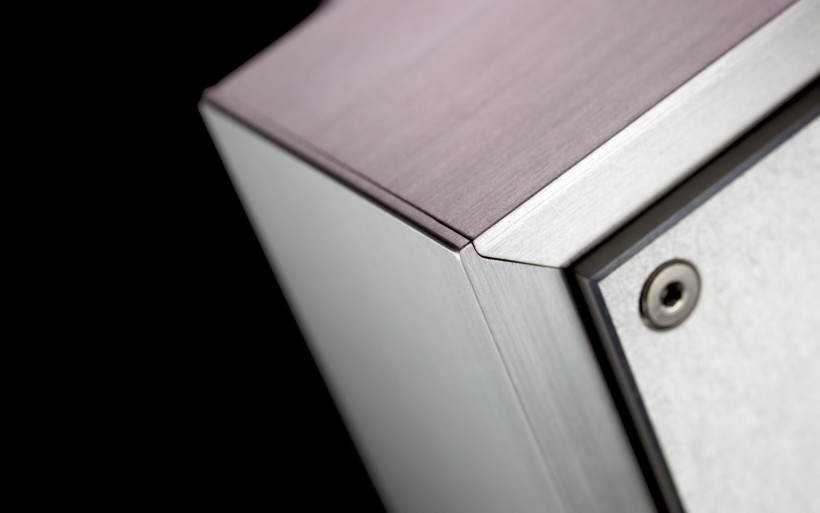
In case of products which sound similar to HFAS1-S10U, resolution and dynamics are the usually a bit behind. Well, all tricks the Fidata team was able to pull off clearly work, their first device has no issues with neither of these. Yes, it’s quite audible that HFAS1-S10U doesn’t put zest and energy on the pedestal and it doesn’t focus one’s attention on details, all these things happen somewhat on the side and sport additive value. Yet if a listener shifts his concentration towards subtle high FR details placed somewhere in the deepest parts of the soundstage, well, these surely are to be found there with no effort. Japanese streamer very potently cuts all junk from music, yet doesn’t mess with the musical tissue itself. This translates to exceptionally clean and somewhat dark background, which makes every piece of information an audible part of the whole. HFAS1-S10U reminded yours truly the very best sources loaded with PCM1704 d/a converter chips in this regard .
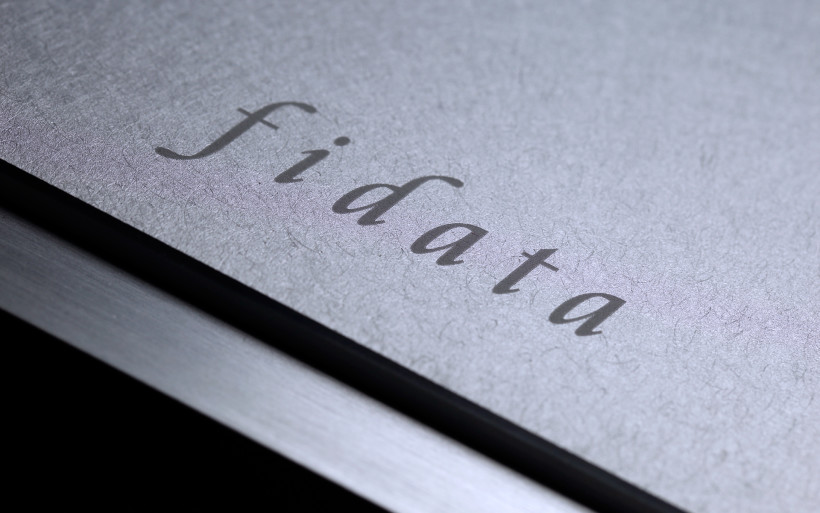
Sources loaded with the above mentioned multibit silicone, to my ears at least, sport unmistakable space free from any unwanted artifacts and very subtle, not overcooked and often times slightly trimmed top. Fidata HFAS1-S10U does that goodness and sounds very vivid in general; very organic, wet so to speak and very effortlessly, but without truncating or overextending any part of the audible range. It delivers sound that pours joy and emotions into one’s ears like there’s no tomorrow and the only thing left to do is to sit in a comfy chair, kick back and relax. To put it in even simpler words, it’s a major and at the same time audiophile crowd pleaser, which delivers sound refined and very sophisticated, yet not showy at all. And it can be heard that such tuning is done on purpose, someone with well developed taste has chosen this road in particular, aimed at this highly lively characteristic from the get-go. The outcome of this very involving sort isn’t achieved by a mere accident and the more time one spends with HFAS1-S10U, the more obvious it becomes that music shown from this angle requires craftsmanship. The Japanese deck isn’t one of those products which get boring quite fast past the first ‘wow’ phase. It’s anything but and the more time passes, the stronger it’ll grow on an enthusiast. At least that’s my impression after three weeks of constant usage.
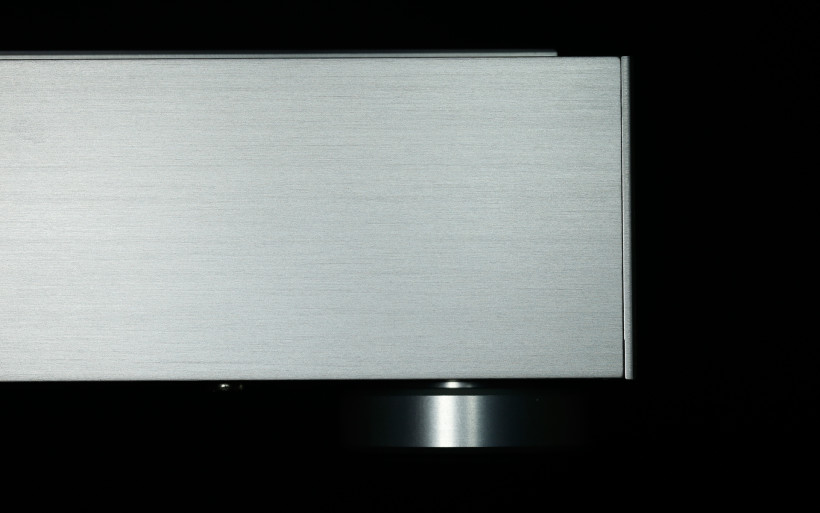
The Fidata HFAS1-S10U sounded faster, gutsier and at the same time more resolving in comparison to my laptop. Yet the most important differences were in liveliness and texturing and switch to my regular transport was a rather painful experience each and every time. The sound became matte and this was something that bothered me the most. Yes, past the accommodation phase we go with what we have nearby, but what’s important here is that the Fidata deck was somewhere in the back of my head constantly. Well, we get used to good things quickly, don’t we? Let me stress again that drive the LampizatOr SuperKomputer lacked was this time around a part of the show. And all in all, the Japanese machine surpassed my laptop in every aspect.
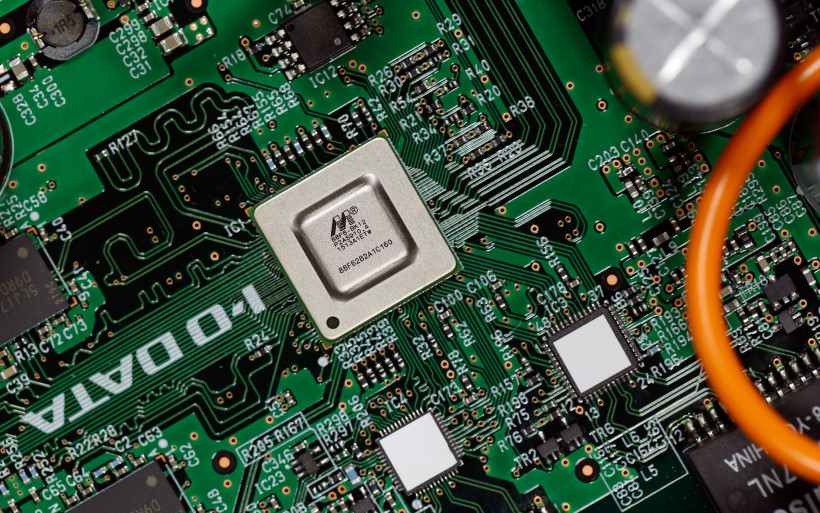
Fidata HFAS1-S10U isn’t a transparent device, its character is strong and sensitive Reflector Audio Bespoke P15 ‘speakers on a stick’ showed this very clearly. These don’t have density in excess, hence the additional fat injection provided by HFAS1-S10U subjectively made the outcome more attractive, especially its mid FR. With Japanese streamer in the audio chain, the sound became more muscular and present, yet it remained as swift and clear as per usual. Latvian speakers showed even more details than usual, yet served in amazing, fatigue-free and subtle fashion. The sound wasn’t sharp or glassy, but marvelously decayed, present and ethereal when needed, not to mention great differentiation on the very top of audible FR. Moving on, the soundstage grew in general. Its individual layers were easier to extract and distance between me and a single instrument was more clearly shown, yet this is not the most surprising observation. Even despite of additional warmth and body injection, the outcome gave paradoxically even more insight into a recording. Usually the opposite scenario is the case. The voice of Wardruna’s Kristian Eivind Espedal on “Kauna” was even more grim than normally, darker. But at the same time this musician was more visible among tribal instruments nearby. The space became denser, though thick sounding devices – and HFAS1-S10U is one – tend to behave like so quite often. Hence at least slightly constrictive sensation of events in front of me was expected, but nothing like that happened. Vocal line on Einsturzende Neubauten’s “Sabrina” and intro on “No Pussy Blues” by Grinderman reassured me in that and additional examples I deliver with ease. Point being, Fidata HFAS1-S10U clearly escaped well-known schematics. In the end I’ve found a Latvian speakers, Polish DAC and Japanese transport combo nothing short but grand and – as far as sound quality and sheer joy go – above every other setup created in order to make this review properly informational.
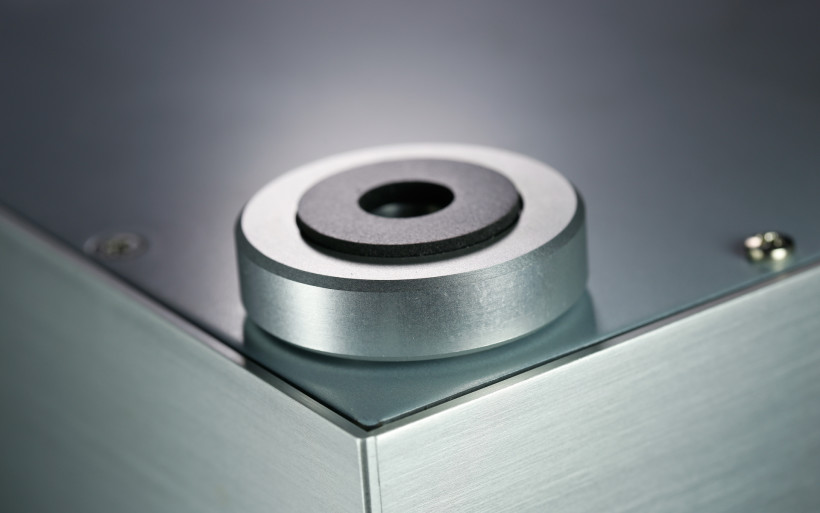
Trilogy 925 and Boenicke W8 were next in line. In comparison to Reflector Audio Bespoke P15, this duo was calmer. The presentation became warmer, whereas its downstairs department got rounder and ‘optically’ smaller but the signature move – amazing spaciousness – was there all along as big as per usual. The initial assumption was that past HFAS1-S10U addition, more sweetness and less speed will be the case. This guesswork turned out to be false. The sound became not additionally sugarcoated but even more organic and homogeneous, instrument’s tissue got livelier yet the speed alone wasn’t truncated in the slightest. But the most important thing subjectively for yours truly was that the Japanese machine didn’t limit the sensational soundstage the English/Swiss duo create in any regard. Its precision and depth became slightly better, though this wasn’t as blunt as in comparison to Latvian P15 floorstanders’ case. This is perfectly understandable as the Trilogy 925 and Boenicke W8 rig don’t show every change this clearly.
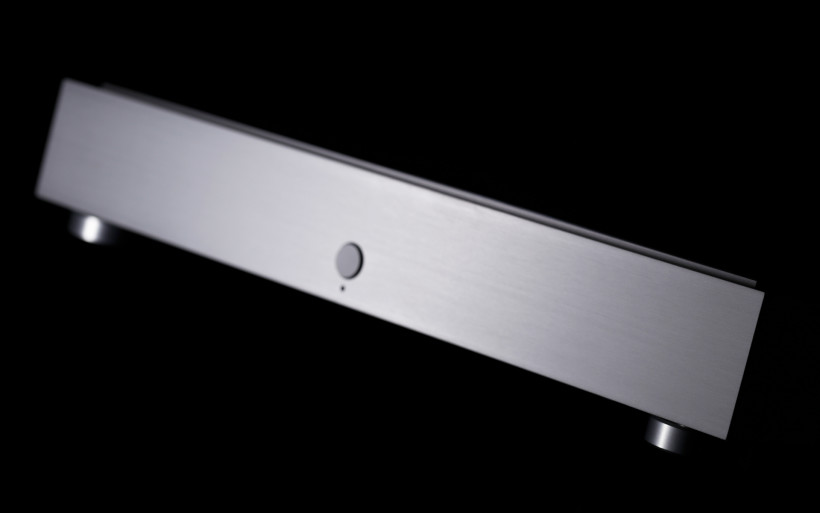
The final setup involved Sanders Sound Systems Magtech power amplifier and PureAudioProject Trio10 Timeless open baffles. The former is cooler in comparison to Trilogy 925, whereas the speakers are denser and warmer than my reference W8 boxes. Even though a lot of thickness all over the place, the third combination works and there’s no need to add a dedicated preamplifier by Roger Sanders. In any case, when Fidata HFAS1-S10 was used in the third setup, the temperature increased more than thus far. But the important part is that contouring wasn’t blurred and the delta of changes and my subjective perception of it was similar to the SuperKomputer situation. The Japanese machine elevated the experience in nearly ever aspect. Yet this time around not decreased agility but extensive thickness was the main and only issue I had with it. Truth be told, this was heard from time to time and not constantly, on certain upper bass and low vocal heavy tracks. All in all, the last setup turned out to be the least synergistic out of three assembled, yes. But Fidata HFAS1-S10U was able to surpass my laptop even then. And I considered it as the better overall choice still.
Summary
Inconspicuous Japanese box reviewed in this writing turned out to be an excellent performer. Out of several devices of similar sort, this is the best one. It’s not only a matter of its peculiar, not very neutral, yet highly organic, coherent and emotional sound characteristic. The key here is that HFAS1-S10U didn’t limit the rest of this scribe’s setup and – above all else – completely turned off the analytical part of his, which simply led to uninterrupted and very enjoyable listening. This can’t be achieved easily just like that or on demand and here’s where the real strength of HFAS1-S10U is. After witnessing what this deck does, I’m quite sure that many people will agree with me here.
Fidata HFAS1-S10U is exceptionally built. Photos in this review might not quite grasp that, yet after short tête-à-tête it’s hard to shake off the feeling that it’s different from similar audio devices. It’s not about being better or worse, but different and of unique character. Let me stress this again: the Fidata deck is finely made. As far as its functionality goes, it has everything an enthusiast might want or need. If visually aesthetic and minimalist device, which is easily operated, covers all your files based cravings and can be controlled via tablet, HFAS1-S10U is the one to get yourself familiarized with.
Fidata HFAS1-S10U is undeniably a successful debut from engineering and functionality sides. It’s quite obvious that the team behind this project is very ambitious. Lots of work and attention to detail surely are there, though it’s the sound gives an aficionado something to think about. The Japanese crew evidently feels the subject and – let me stress this again – this can’t be a coincidence or a stroke of luck. The outcome is too coherent, vivid and sophisticated to think so. Because of all HFAS1-S10U virtues, our highest award – ‘Victor’ – goes to the young, passionate and skilled Fidata team. ‘Till next time.
- Amplifier: Trilogy 925, Sanders Sound Systems Magtech
- Source: Lampizator Golden Gate (Psvane WE101D-L + KR Audio 5U4G Ltd. Ed.)
- Speakers: Boenicke Audio W8, Pure Audio Project Trio10 Timeless, Reflector Audio Bespoke P15
- Transport: Asus UX305LA
- Speaker cables: Forza AudioWorks Noir Concept, Audiomica Laboratory Celes Excellence
- Interconnects: Forza AudioWorks Noir, Audiomica Laboratory Erys Excellence
- Power delivery: Gigawatt PF-2 + Gigawatt LC-2 MK2 + Forza AudioWorks Noir Concept/Audiomica Laboratory Ness Excellence
- Rack: Franc Audio Accesories Wood Block Rack
- Music: NativeDSD
Retail price of reviewed component in EU:
- Fidata HFAS1-S10U: €7’500
Manufacturer: Fidata













